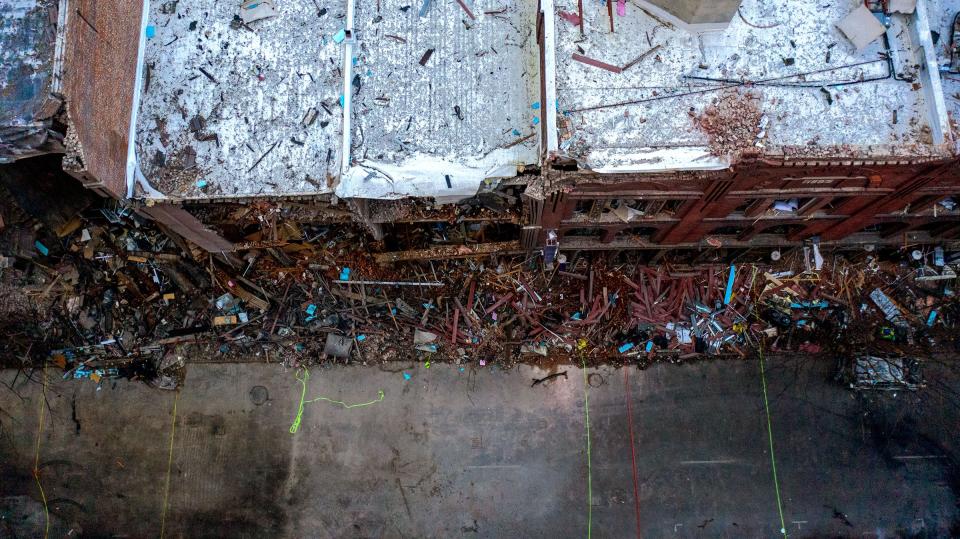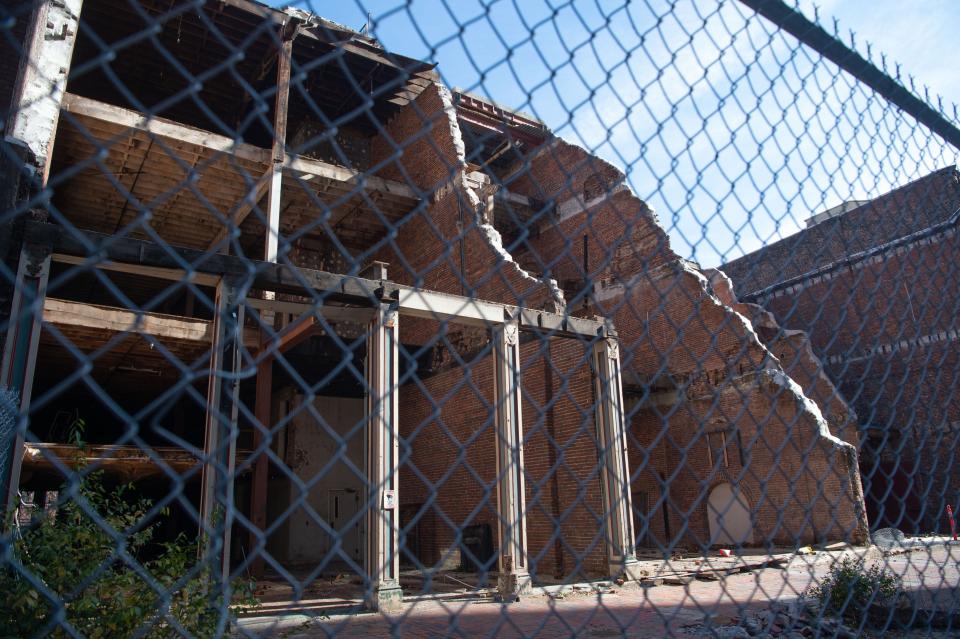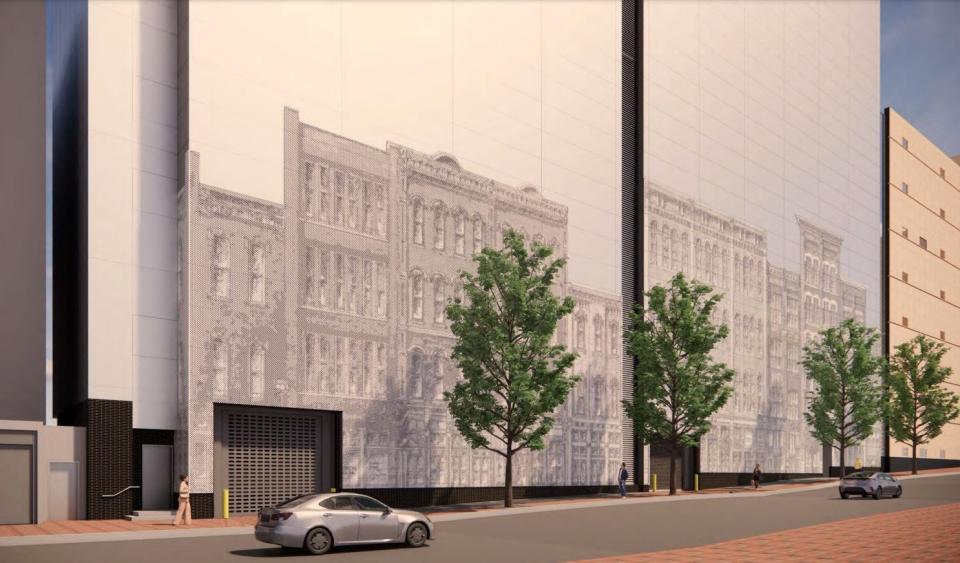Investigation, lawsuit, rebuilding: What to know one year after Christmas bombing
A bomb exploded on Nashville's historic Second Avenue in the early morning of Dec. 25, 2020.
The blast damaged 65 buildings and displaced dozens of businesses and residents in a city already weary from a year marred by the COVID-19 pandemic and deadly tornadoes.
After a year of investigation, painstaking demolition and community collaboration, the shells of the most-damaged buildings stand largely cleared of debris and ready for the 200-year-old street's next evolution.

Here's what to know, 12 months later.
More: Retracing the key moments after the Christmas morning bombing in Nashville
FBI: Bombing wasn't an act of terrorism, explosive identification inconclusive
Multiple local, state and federal agencies investigated the explosion, ultimately identifying 63-year-old Anthony Quinn Warner as the bomber.
Warner packed his RV with explosives and at 1:22 a.m. parked the vehicle in front of an AT&T switch facility, according to investigators. He used a computerized female voice over a loudspeaker to warn people to evacuate the area and played "Downtown" by Petula Clark before the bomb detonated at 6:30 a.m.
Warner was the only person killed in the blast.
In March, FBI investigators said the bombing was not an act of terrorism.
The FBI reported Warner acted alone and his intention to kill himself was driven by "life stressors," including "paranoia," "eccentric" beliefs and "deteriorating interpersonal relationships."
A months-long attempt to identify the explosive device from materials recovered from the scene was inconclusive.
Lawsuit for reward money ongoing
Pamela Perry, who knew Warner, filed a lawsuit in November claiming she should receive $284,000 in rewards offered for information leading to the bomber's identification.
Perry said she called the FBI on Christmas Day with information on Warner and spoke with them again the next day.
She initially told Nashville police that Warner "was building bombs in the RV trailer at his residence" in August 2019, but that investigation stopped after an FBI background check showed Warner had no previous record.
After the bombing, Police Chief John Drake commissioned a review of MNPD's response to Perry's 2019 tip. The review concluded police did not adequately investigate the tip, identifying at least seven flaws in the investigation.
Drake said the department took steps to address those deficiencies, including instituting a more rigorous review of bomb unit case files and requiring more documentation from investigators.
Perry's lawsuit is ongoing.
Bombing review commission on track to conclude study in spring
As of November, Nashville's Special Bombing Review Commission was on track to conclude its examination of the explosion's aftermath by April 2022 — a year after the commission convened its first meeting.

The nine-member commission is tasked with investigating how the bombing was handled by each agency involved in response efforts and recommending policy changes.
Some agencies have already implemented changes.
The Metro Nashville Police Department and the Tennessee Bureau of Investigation began work to build diversity and redundancy into their respective communications systems after the damage to AT&T's telecommunications hub on Second Avenue crippled phone and internet service in Tennessee and several surrounding states.
AT&T is working to develop improved response plans for disasters affiliated with criminal activity, company leaders told the commission during its November meeting. The incident revealed the vulnerability of central switch buildings, drawing the attention of telecommunications providers nationwide as well as federal agencies.
TBI also replaced all of the drones in its drone program after they were found to be nonoperational and unable to be deployed following the explosion.
Vision for reconstruction unveiled
Nashville Mayor John Cooper revealed details of the first phase of Second Avenue's reconstruction on Dec. 8, including plans for widened sidewalks, a restored tree canopy and a life-size mural of the street's historic buildings.

This pedestrian-focused vision is the result of feedback from more than 500 community members collected over nine public events, in addition to recommendations from the Urban Land Institute, the Civic Design Center, Metro departments and local architects and historians.
The first phase will be funded in part by a $20 million allocation in a capital spending plan recently approved by Metro Council. Reconstruction efforts will retain as much of the street's historic design as possible, including the use of salvaged architectural elements.
Future phases will focus on strengthening Second Avenue's connection to First Avenue and the Cumberland riverfront.
Plans for the four most damaged buildings have been approved by Nashville's Historic Zoning Commission and are now before Metro Council for approval. This proposal would remove the former 172 Second Ave., which was mostly leveled by the blast, to create a 30-foot-wide, terraced passage connecting to First Avenue.
Reporters Adam Friedman and Natalie Neysa Alund contributed.
Reach reporter Cassandra Stephenson at ckstephenson@tennessean.com or at 731-694-7261. Follow Cassandra on Twitter at @CStephenson731.
This article originally appeared on Nashville Tennessean: Nashville Christmas bombing: What to know one year after

